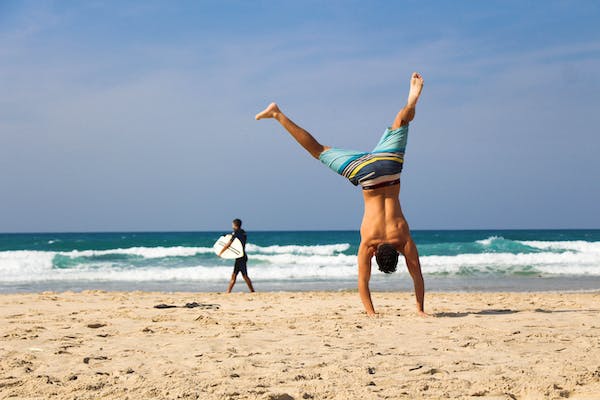
How to Incorporate Yoga for Improved Flexibility and Relaxation
Yoga, an ancient practice that originated in India, has gained immense popularity in recent years for its numerous physical, mental, and emotional benefits. One of the primary advantages of practicing yoga is the improvement it brings to flexibility and relaxation. In this article, we'll delve into the three key sections that can guide you on how to incorporate yoga into your routine to experience enhanced flexibility and a deep sense of relaxation.
Flexibility Through Yoga
1. Starting with the Basics:
Before diving into complex poses, it's essential to build a strong foundation. Focus on basic stretches and poses that target different muscle groups. Poses like Cat-Cow, Downward Dog, and Child's Pose gently stretch the spine and major muscle groups, preparing your body for more advanced postures.
2. Progression and Consistency:
As you become more comfortable with the basics, gradually introduce more challenging poses that target specific areas of the body. Poses like Triangle Pose, Warrior II, and Camel Pose are excellent for enhancing flexibility in the hips, hamstrings, and spine. Consistency is key; aim to practice yoga several times a week to experience lasting improvements in flexibility.
3. Yin Yoga and Holding Poses:
Yin Yoga is a style that involves holding poses for an extended period, usually 3-5 minutes. This practice focuses on deeper connective tissues and can significantly increase flexibility. Poses like Butterfly, Dragon Pose, and Sphinx Pose are excellent choices for a Yin Yoga session. Holding these poses with relaxed muscles allows the body to gradually release tension and increase its range of motion.
Finding Relaxation Through Yoga
1. Mindful Breathing:
Central to relaxation in yoga is mindful breathing. Incorporate deep breathing techniques like the 4-7-8 breath, where you inhale for 4 counts, hold for 7, and exhale for 8. This technique activates the body's relaxation response, reducing stress and promoting a sense of calm.
2. Restorative Yoga:
Restorative yoga focuses on relaxation and stress relief. It involves using props such as bolsters, blankets, and blocks to support the body in various poses. Practicing poses like Legs-Up-The-Wall, Supported Child's Pose, and Savasana (Corpse Pose) in a restorative manner encourages the body to release tension, calm the nervous system, and promote relaxation.
3. Meditation and Mindfulness:
Incorporate meditation into your yoga routine for enhanced relaxation. After a yoga session, find a quiet space and practice mindfulness meditation. Focus on your breath, sensations in the body, and the present moment. This practice can help clear the mind, reduce anxiety, and deepen the relaxation experienced during yoga.
Embrace the Journey
Incorporating yoga into your routine for improved flexibility and relaxation is a journey that requires dedication and patience. The holistic approach of yoga not only transforms your body but also nurtures your mind and soul. Remember, progress may be gradual, but the journey itself is rewarding. By starting with the basics, progressing steadily, and embracing relaxation techniques, you'll find that yoga becomes a powerful tool for cultivating flexibility, tranquility, and an overall sense of well-being in your life. So, unroll your mat, take a deep breath, and embark on this fulfilling path toward improved flexibility and relaxation through the timeless practice of yoga.








